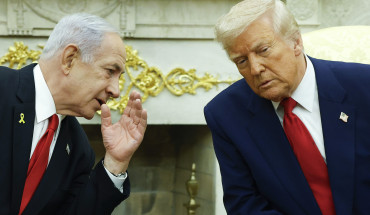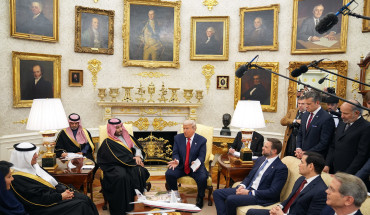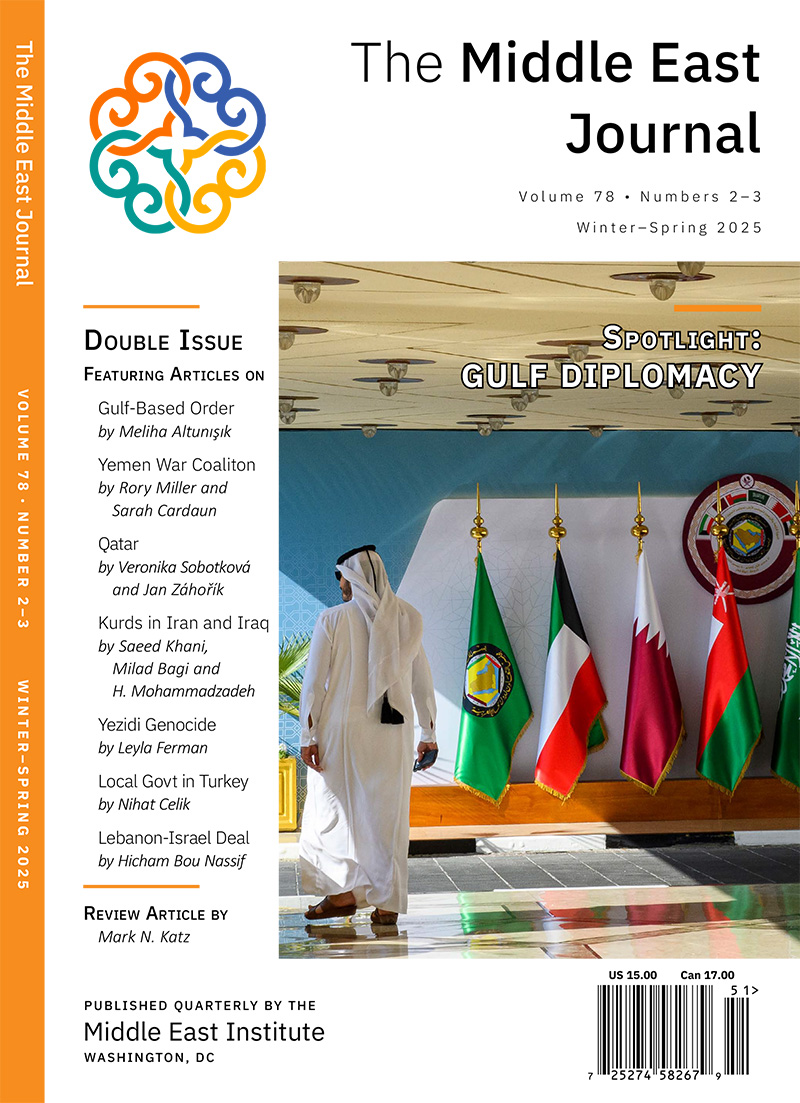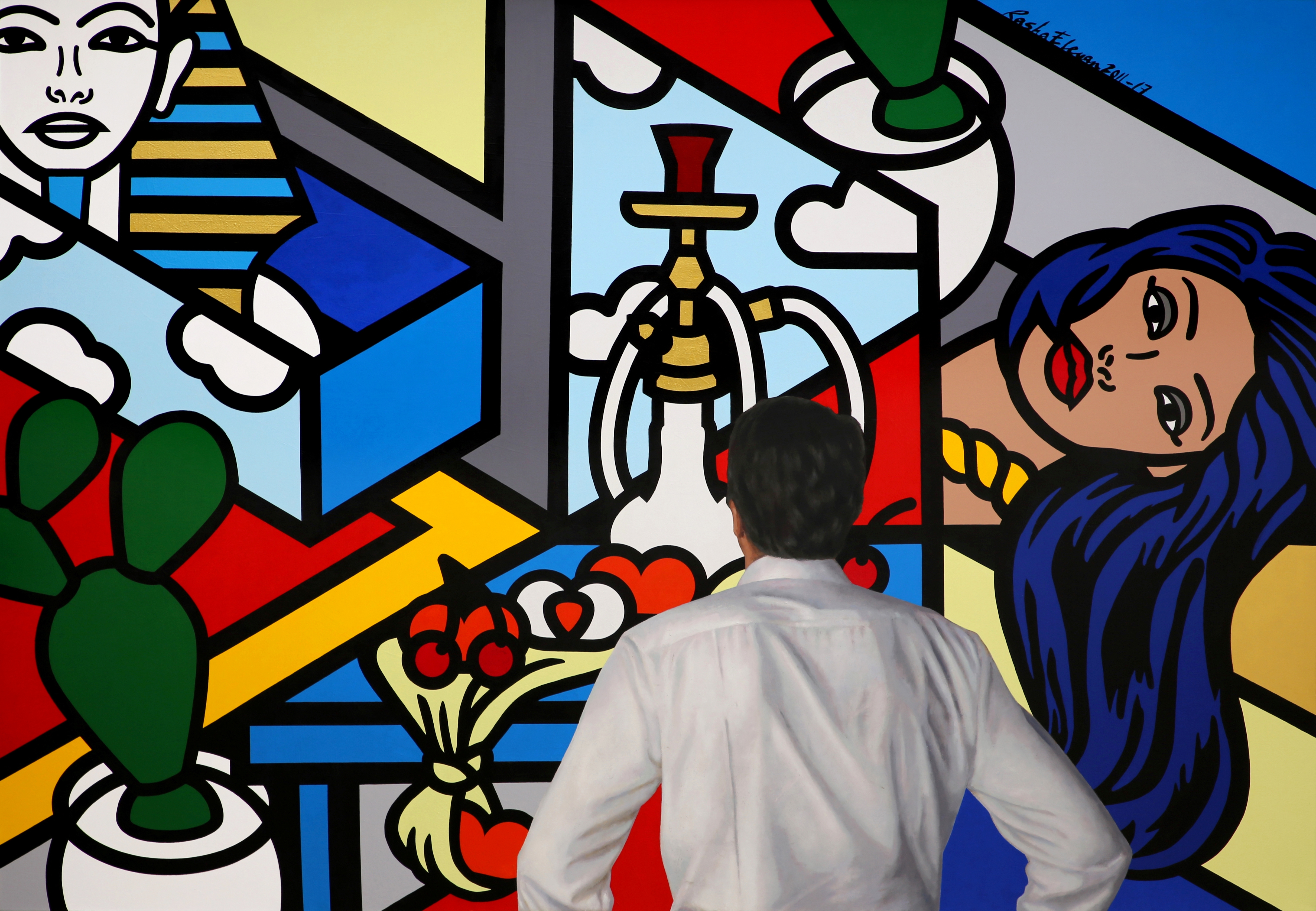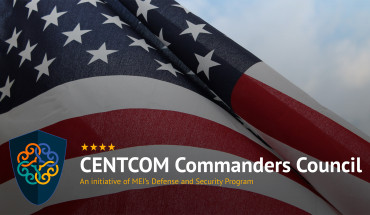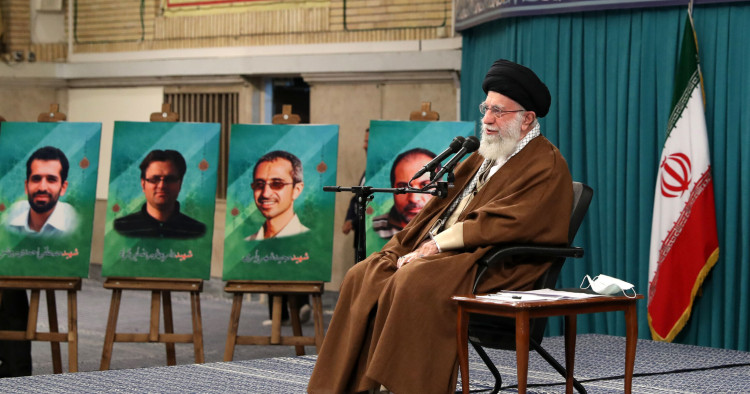The 12-day war between Iran, Israel, and the United States has ended, but the dust has not yet settled. Many official voices in Tehran are warning that the war can resume at any moment. Iran now faces deepening economic turmoil, political uncertainty, and hard choices about its nuclear future. The central question is whether the Islamic Republic will emerge stronger through nationalist mobilization or weaker, exposed by vulnerabilities it long sought to deny. No doubt, Iran’s leaders stand at a true crossroads. Beyond a video message, Supreme Leader Ayatollah Ali Khamenei’s continued absence from public view raises doubts about his ability to dictate policy, particularly as Israeli threats linger. This possible gap in authority could open space for pragmatic voices within the regime, but such a shift is far from certain.
The Middle East Institute (MEI) is an independent, non-partisan, non-for-profit, educational organization. It does not engage in advocacy and its scholars’ opinions are their own. MEI welcomes financial donations, but retains sole editorial control over its work and its publications reflect only the authors’ views. For a listing of MEI donors, please click here.






